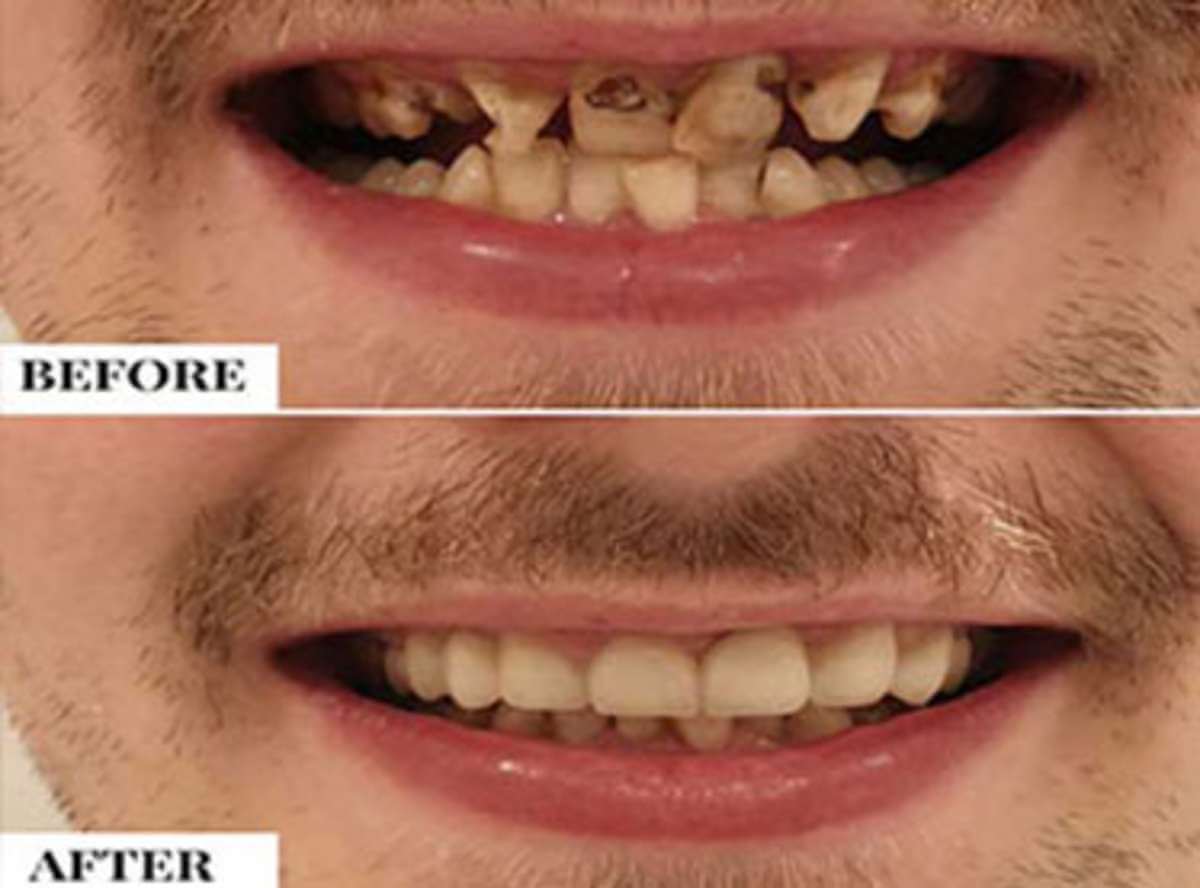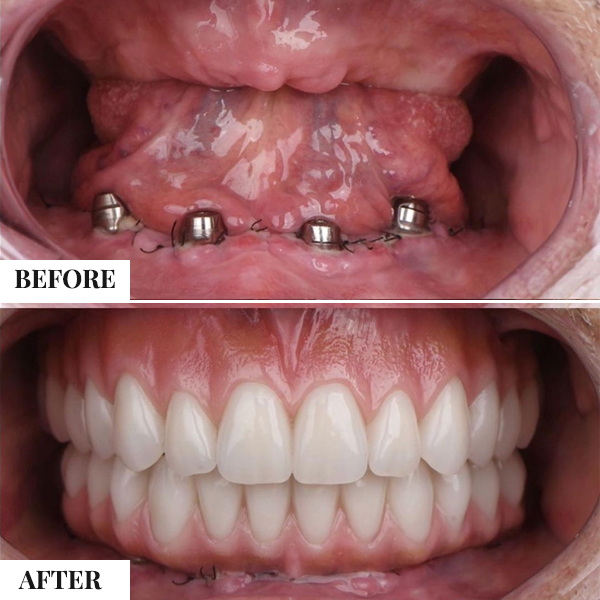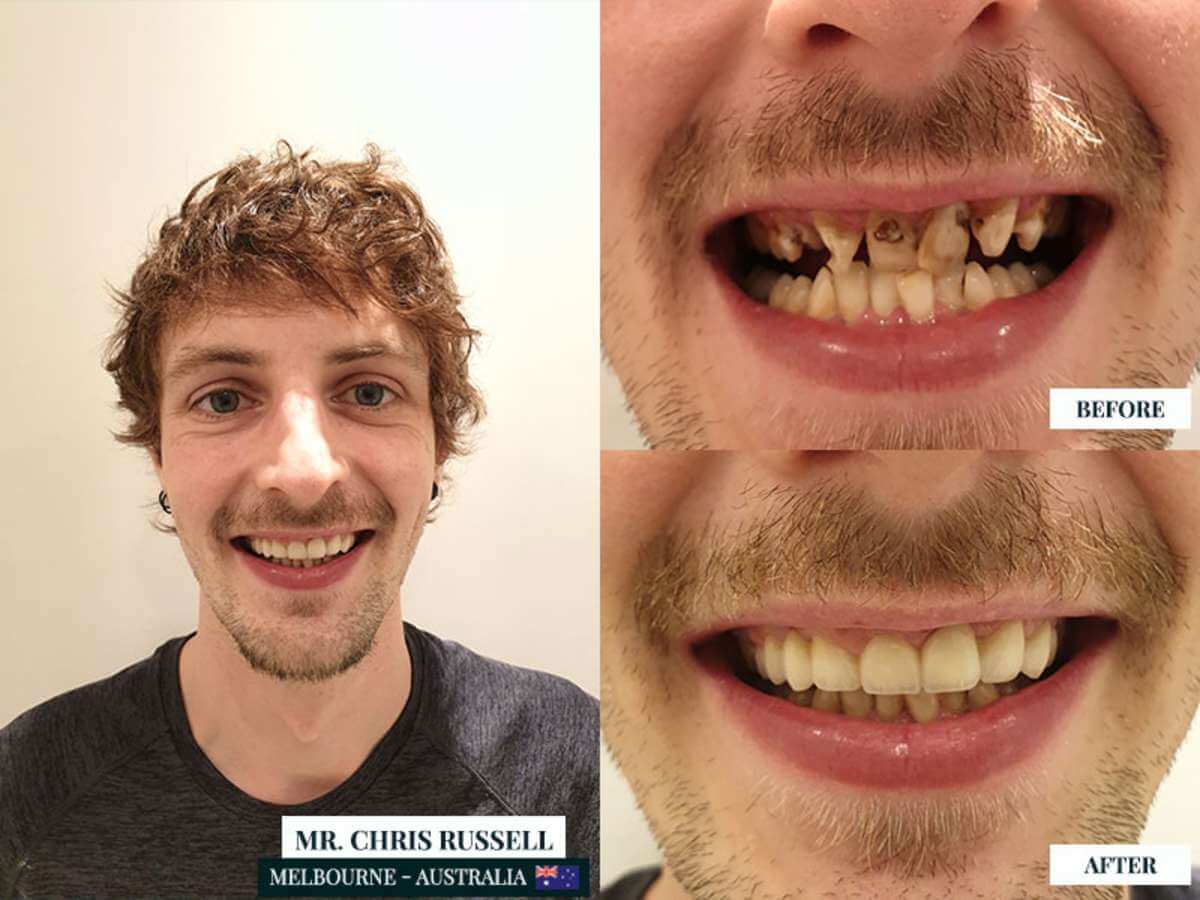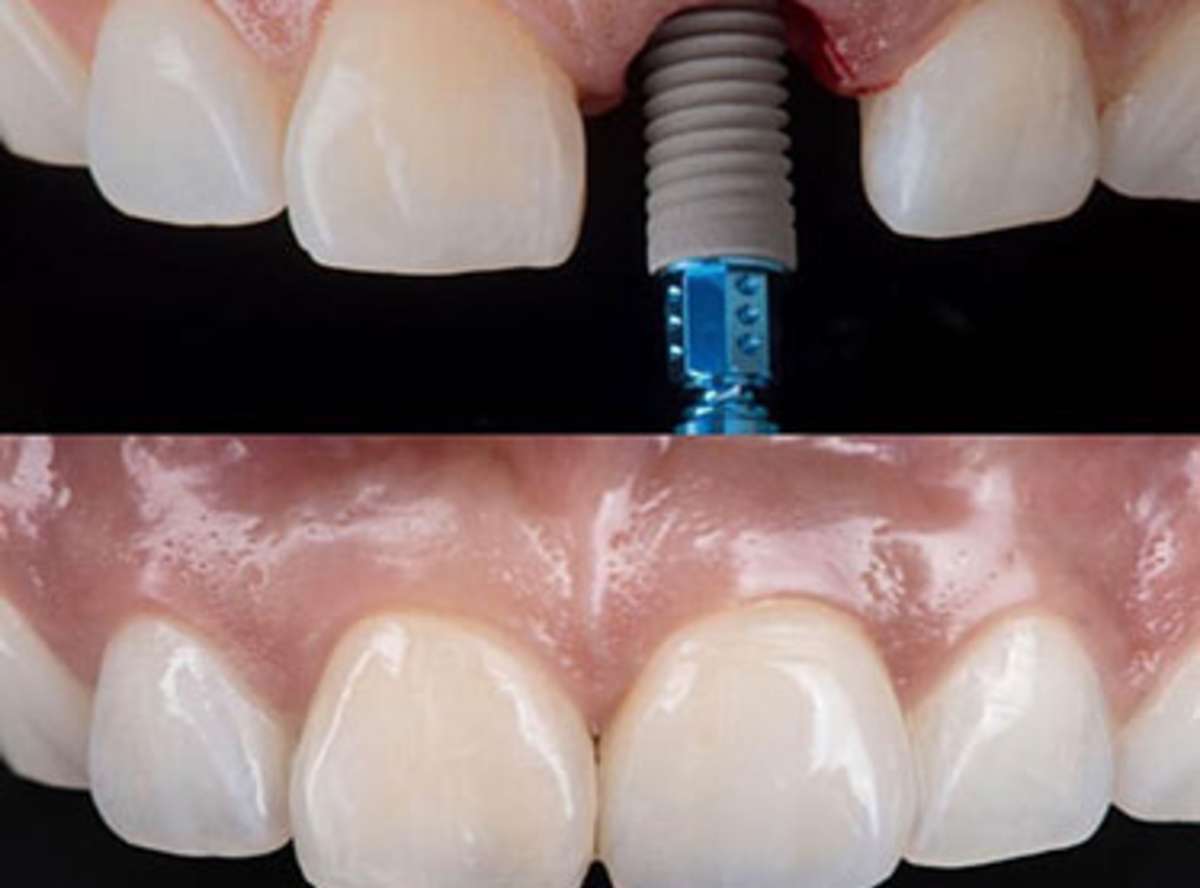There are many dental procedures carried out by a dentist depending on the condition of the mouth of the patient. Dental crowns or dental caps are most often needed by most of the patients and are a common practice procedure by the dentist. There are various types of crowns available and the teeth crown price varies according to the material used.
What is Dental Crown?
A dental crown or a cap is a fixed prosthetic that is cemented onto the tooth. It covers a damaged tooth and strengthens it. It restores the shape and size of the natural teeth. When cemented, the crown encases the tooth completely providing full protection.
Possible Uses of Dental Crowns
Crowns play a very important role in the following cases:
● To replace a missing tooth.
● Large cavities that cannot be filled.
● Cracked or weak teeth.
● To give a cover to the dental implants.
● As a restoration after a root canal.
● In discolored or badly shaped teeth
Different Types of Crowns
Temporary Crowns
Before delivering the permanent crown to the patient, the dentist places a temporary crown made from the mold of the patient’s natural teeth. This temporary crown helps the natural teeth to be protected from the damage and ensure that the patient can function normally for a few weeks.
Permanent Crowns
The permanent crowns are fabricated in the dental laboratory. After the permanent crown is ready, the dentist removes the temporary crowns and place the permanent crown using a dental adhesive. The patient can go home and follow a normal routine.
Different Materials Used to Make a Crown
The temporary crowns are usually made up of acrylic or stainless steel. The permanent crowns are made of various materials. The most commonly used materials are:
1. Gold
The gold crowns are known for their durability and strength. It is generally used in posterior teeth but is not a popular choice due to its color and aesthetics.
2. All Porcelain
This is highly aesthetic and is the most widely used material for the crown. It gives a natural look to the teeth and is highly biocompatible.
3. Metal
The metal crown is known for its strength as it can endure the wear and tear of biting forces. They are less aesthetic and hence, used in posterior teeth.
4. Porcelain-fused-to-metal
This is the crown of choice when there is a requirement of both esthetics and strength. It is commonly used when a bridge requires extra strength.
5. Zirconia Crowns
This is a new type crown known for its high aesthetics and longevity. There are fewer chances of it being cracked or chipped off.
The dental crown or cap is sure to increase the life of a natural tooth. The best dentist recommends the best type of crown after evaluating the oral condition. The dental cap price varies for different cases and the requirement of the patient.

















